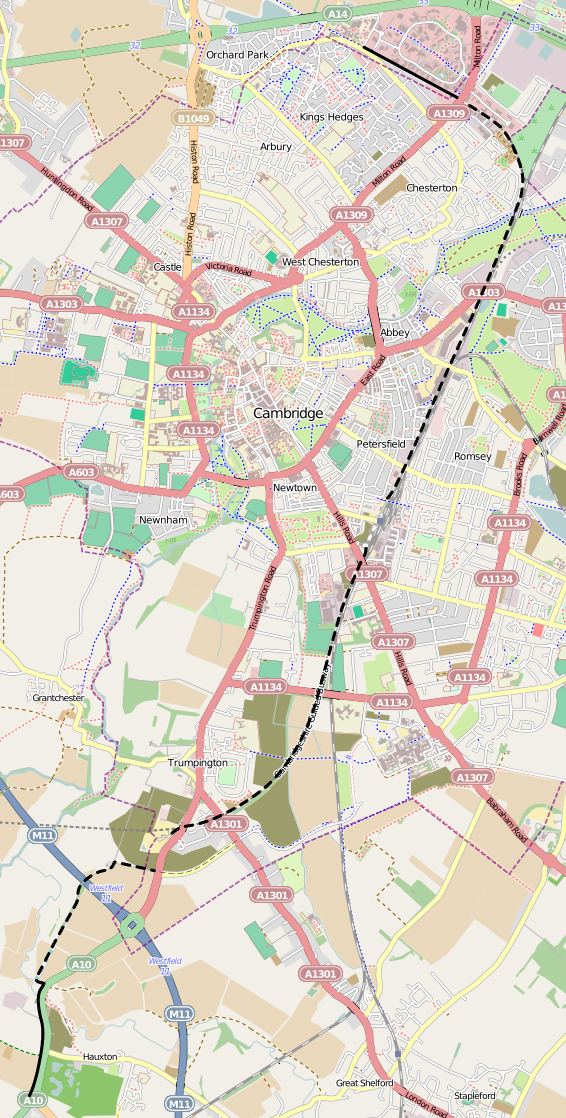Yesterday, I had the good fortune of taking Dutch trains to my ferry out of the Netherlands, and the misfortune of suffering at the hands of the shambles we Brits call a rail network.
I arrived at Hollandsche Rading station by bakfiets taxi and I’d purchased my ticket (with extreme ease) at Hilversum Centraal the afternoon before. I’ve discovered there are three types of Dutch train: double-decker, average and Sprinter—in ascending order of shitness. I took an average train the ten-or-so kilometres south to Utrecht, seeing far fewer orange-clad Dutchmen as I was anticipating: for it be/was Koninginnedag. Switching to a double-decker?; no problem, just a change of platform. At Rotterdam, another change of platform and a change of train type: this time to a Sprinter. NS Sprinter services are nippy little buggers; the closest I can relate them to is a trip on a Class 313; anyone reading from north London and Hertfordshire will know that these First Capital Connect trains are shit, dirty, cramped and certainly not worth the £20 one paid to get to London. But, aside from my personal opinion, no problems at all and the price for the journey was €15,20.
On the ferry (actually on the Sprinter to Hoek van Holland) I met a lovely American lady called Ann—she’s currently on a ’round-the-world holiday and having got the train up from Antwerpen the night before, was travelling to Harwich (or ‘Har Wick’ in her words) then onto London. I helped many-an old lady yesterday: one in Utrecht, one in Rotterdam and Ann across the North Sea. She was lovely company, I must say.
At the other end, boarding a train at Harwich International required a half-an-hour wait (though I fully understand that a ‘train meeting a ferry’ should come with a little delay) but no problem beyond my British experience with railways. Manningtree on the other hand was a bit different: the train up from Harwich failed to meet a connection with a train heading towards Ipswich. Five minutes for a connection sounds like a long time …in the Netherlands, where trains run on-time (though actually in the past three weeks, they’ve been running and leaving ahead of time). I was intending to catch a train from Harwich International up to Manningtree, a connection from Manningtree to Ipswich, and then grab a nap on the Ipswich–Cambridge service. No. Kevin instead had to wait an hour for a train to Norwich—though another ferry-goer—Evan of Austin, Texas—was company on the platform, and briefly in the platform-side pub until I realised I only had euros on me. The Norwich train was late by a few minutes, and a few minutes at 21:30 on a Saturday can’t exactly be blamed on overcrowding or whathaveyou. Onwards to Norwich where National Express decided to turn off the lights in my carriage to pocket yet more money for its shareholders (and I guess default on yet another franchise when the going gets tough), and then a ten minute-connection to a train to Cambridge. Via Bury St Edmunds was the original plan but hey.
Oh yeah: just to reiterate. Koninginnedag (Queen’s Day) is a public holiday in the Netherlands. Hollandsche Rading has a population and station no bigger than Foxton, Cambridgeshire: it gets two trains an hour on a public fucking holiday. Foxton gets one train an hour Monday–Friday, you’re lucky if you catch one at the weekend, you’re delusional if you think you can catch one on Bank Holidays and Foxton station has forty-six fewer cycle parking spaces than Hollandsche Rading.


